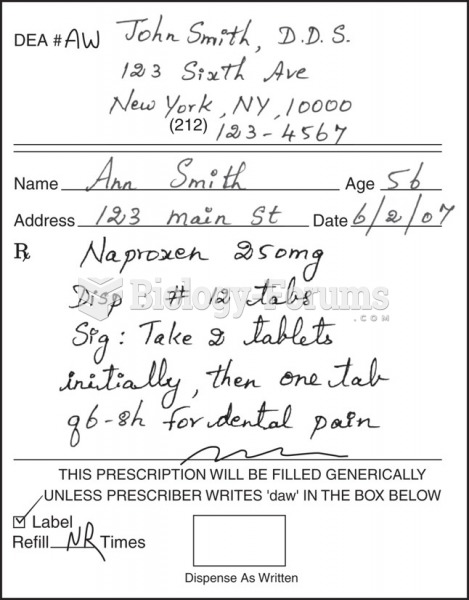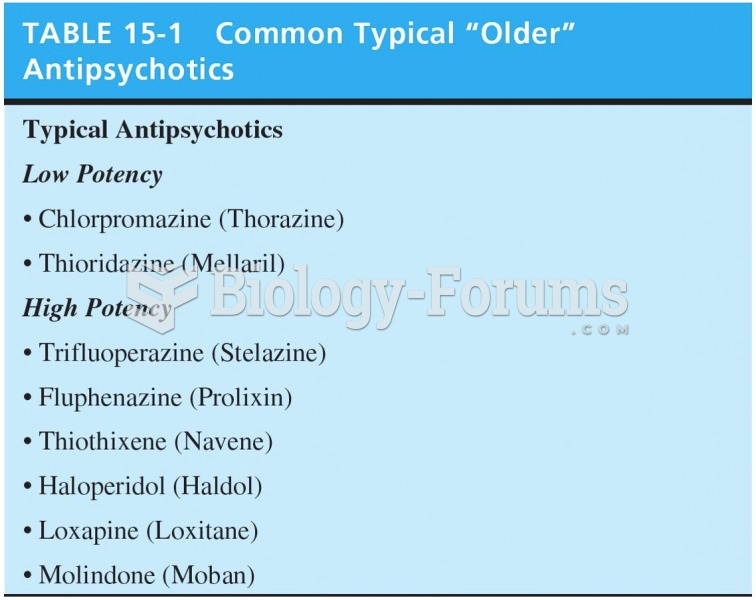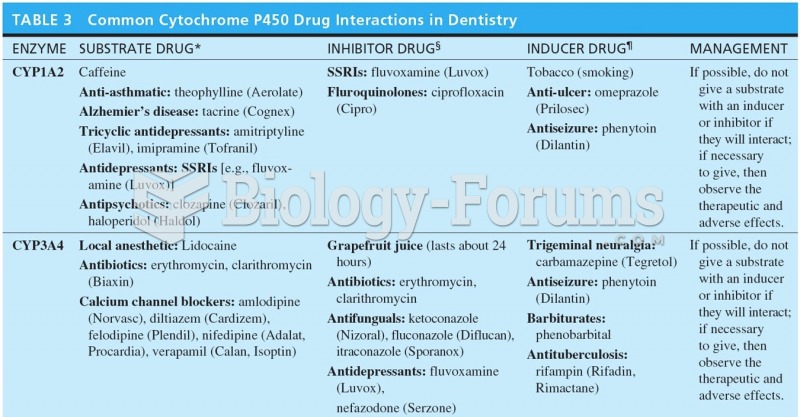Answer to Question 1
Answer: With the advent on the Internet sexual predators have taken to locating and grooming sexual victims through chatrooms and applications used. The Internet enables people to have social contact with others with considerable anonymity, which can have both positive and negative consequences. The Internet also provides people with the ability to explore possible problemswhether they are physical, mental, sexual, or social. Such persons can gain the support of others without leaving the privacy of their own home. Many teenagers are well-versed in the use of technology, but they may still be naive when it comes to social relationships and virtual communities. Adult predators pretend to be peers, develop relationships and have the teenager/child continue the relationship privately via email, telephone, or in person. Victims are groomed to believe what is occurring is normal. Undercover cyber-investigations are proactive. Research has shown that teenagers are often aware that they are talking to adults. The online criminal investigator has his or her hands full with the abundance of old and new technology. The challenge for the investigator is to learn the various social mediums, understand how to develop an undercover persona, and know that teen predators are smart and will attempt to outwit both their victims and the police at the same time.
Answer to Question 2
Answer: Proper management of informants is essential in avoiding unethical, immoral, or unprofessional allegations later in an investigation. All candidates for informants should be well-documented: They should be fingerprinted, photographed, and carefully interviewed by investigators before being used as informants. Criminal records, if any, should be verified. An official informant file should be established. Understanding the informant's motive may also be useful in determining if the informant should be used. An interview and investigation of the informant should be performed.







